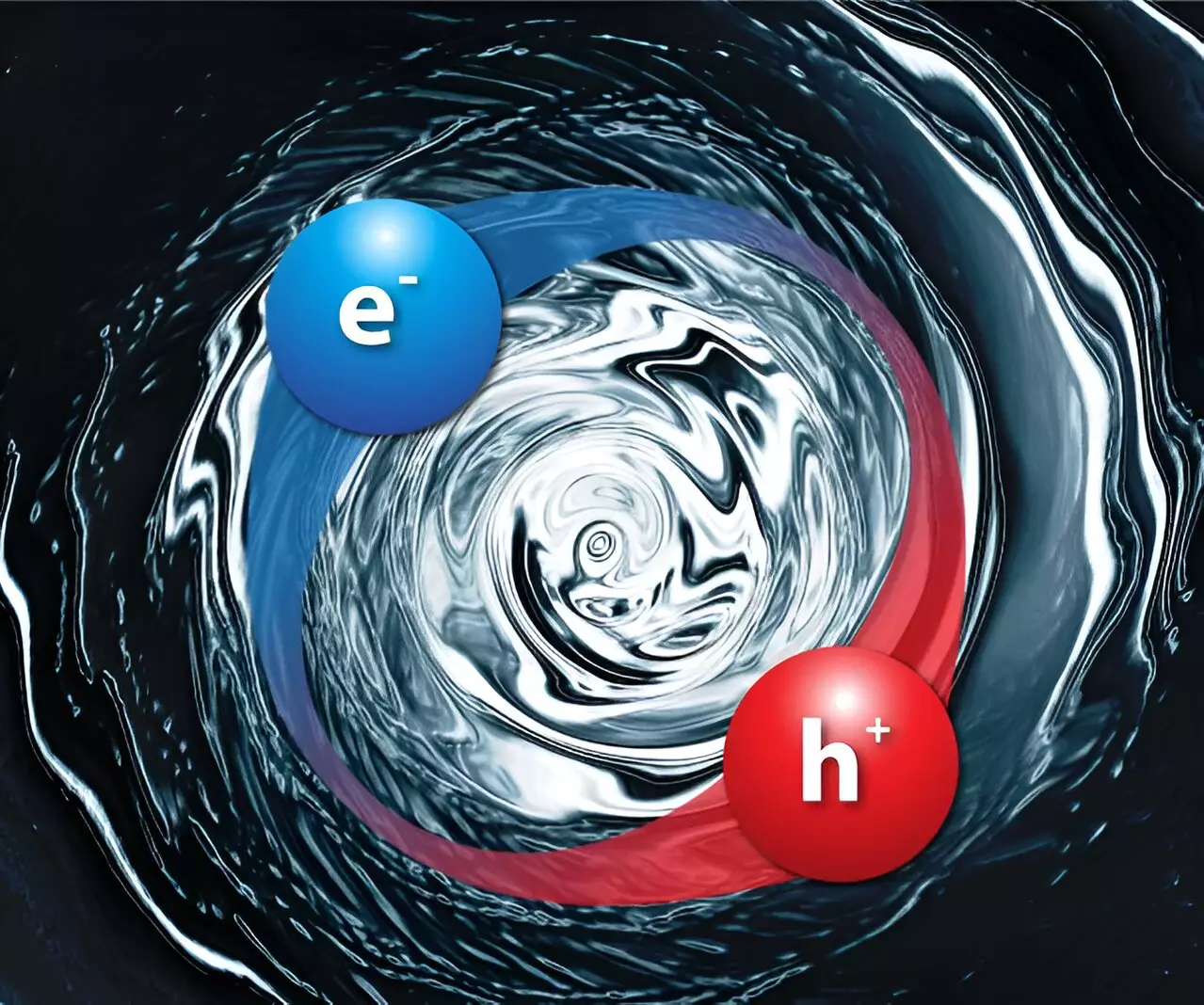Recent advancements in condensed matter physics have led to exciting predictions about a unique type of particle known as a topological exciton. This groundbreaking research is the brainchild of Bruno Uchoa, a professor at the University of Oklahoma, and his postdoctoral colleague Hong-yi Xie. Their findings, published in the esteemed journal *Proceedings of the National Academy of Sciences*, propose the existence of excitons that could significantly enhance the performance of future quantum devices. This research not only challenges our current understanding of excitons but also opens up new avenues for innovation in quantum technology.
Excitons are fascinating entities formed when an electron binds with a corresponding hole, the absence left by the electron. This pairing creates a neutral particle that plays a pivotal role in the workings of semiconductors and insulators, the foundational materials driving semiconductor technology and electronic devices today. Generally, excitons have been well-documented in traditional materials, but the idea of modifying their properties in advanced materials such as Chern insulators marks a new frontier in material science.
The concept of Chern insulators itself is deeply rooted in topology, a mathematical discipline that examines properties that remain unaffected by continuous deformations. This area of study provides a powerful way of characterizing certain materials that exhibit unique electronic properties immune to defects or disorder. Chern insulators possess the unusual trait of allowing electrons to travel along their edges without conducting electricity through the material, creating fascinating one-directional currents—either clockwise or counterclockwise. This behavior is not just intriguing; it has potential applications in the realm of quantum computing and high-efficiency electronic devices.
In their research, Uchoa and Xie put forth a compelling hypothesis: under specific conditions, excitons created by illuminating Chern insulators would take on the topological characteristics of the material’s electrons and holes. This claim indicates that the excitons would not be mere byproducts of light absorption but rather complex constructs with unique properties derived from the very fabric of the host material. As explained by Uchoa, the interaction of light with the topologically distinct electronic bands within insulators can yield excitons that possess their own topological features.
Following the decay of these excitons, it is predicted that they would emit circularly polarized light—an attribute that could be harnessed for innovative optical devices, paving the way for new technological applications.
The implications of this research are profound. Xie suggests that if these topological excitons can be correctly engineered, they may lead to the development of a novel class of optical devices. Particularly at low temperatures, the formation of a new neutral superfluid could arise, offering opportunities to create powerful polarized light emitters—a crucial requirement for advancing quantum computing technologies.
Moreover, the light emitted would not only be circularly polarized but could also be utilized to construct qubits, the fundamental units of quantum information. These qubits could embody two distinct entangled states dictated by the vorticity or polarization of the emitted light, thus providing a new mechanism for quantum communication and computation.
The work of Uchoa and Xie paints an optimistic picture of what future advancements in quantum devices may hold by leveraging the properties of topological excitons. While the research is still in its early stages, the foundational concepts are built on empirical theory rather than mere speculation. The potential applications of this new class of excitons could redefine our technological landscape, pushing the boundaries of what is possible in quantum communication, computing, and beyond. As the world of condensed matter physics continues to evolve, so too does our understanding of the possibilities that lie within the intricate tapestry of matter itself. Thus, the journey of exploration into topological excitons is just beginning, and the horizon beckons with promise.

